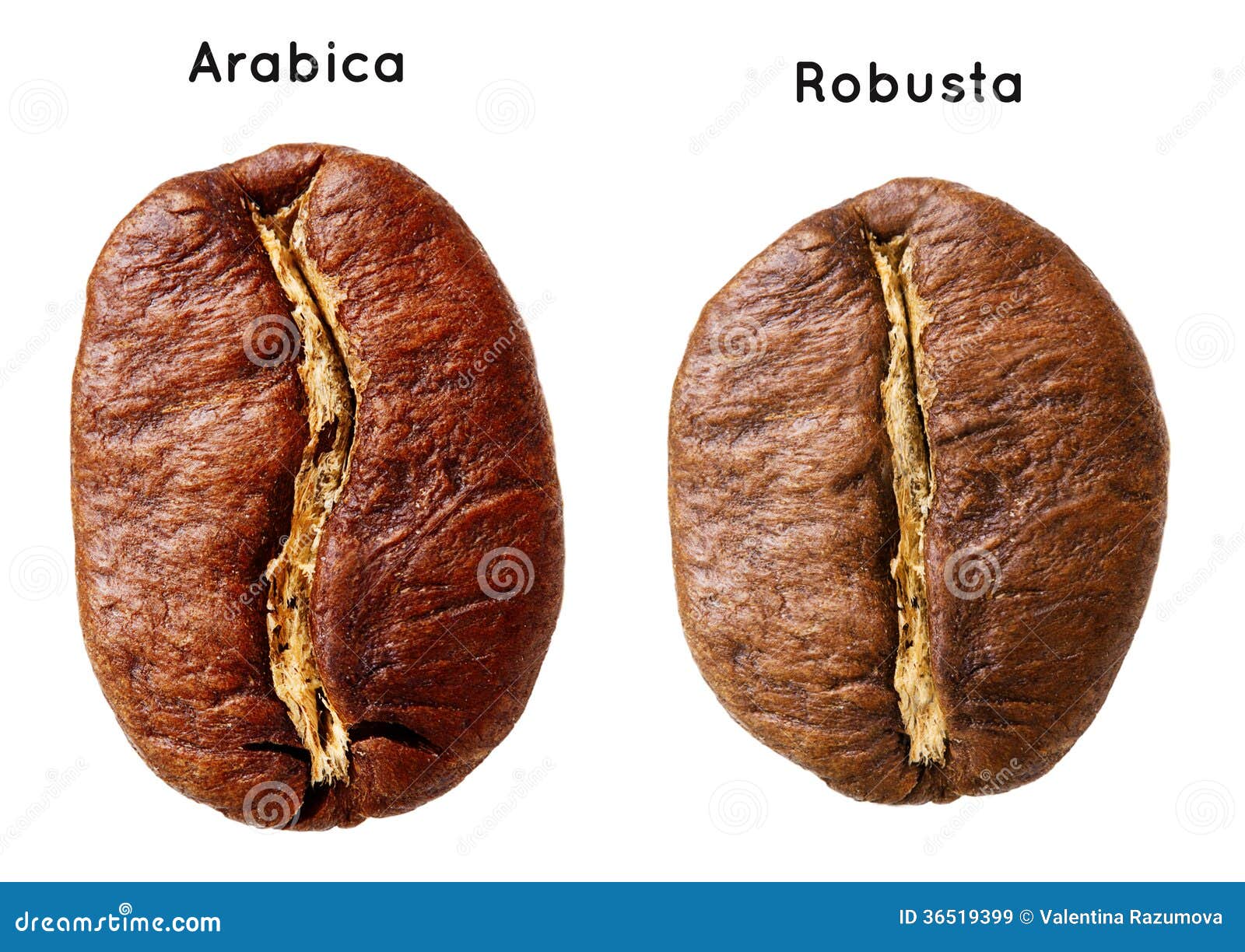The cappuccino is an Italian invention that the world envies.
Who said that at home we cannot enjoy a really creamy cappuccino?
You can make a creamy cappuccino even without possessing special tools.
In general for the basic recipe you require the following ingredients per person: 130 ml of milk and 30 ml of coffee.
The secret is in milk - its quality should be very very high.
The another secret of a good cappuccino is in its foam. If the milk is not sufficiently mounted, in fact, the result is rather disappointing. To get a good creamy texture the milk should have min. 3%: the protein provide a soft foam.
To make a foam, it takes about one third of the milk which in total will be used to prepare a coffee.
Pour the milk up to a one third of the size of the cup. Cover it and then shake it for 30 seconds; then remove the cover and heat the cup in the microwave for another 30 seconds.
Another way is to buy a mixer for the milk which doesn't cost too much. It is very useful for recipes in which it is prepared hot milk and for those with cold milk as a milk shake.
Pour milk, hit it on the oven, then put the mixer into it for 15-20 seconds.
Then you can add coffee to the milk and you can enjoy your cappuccino :)
